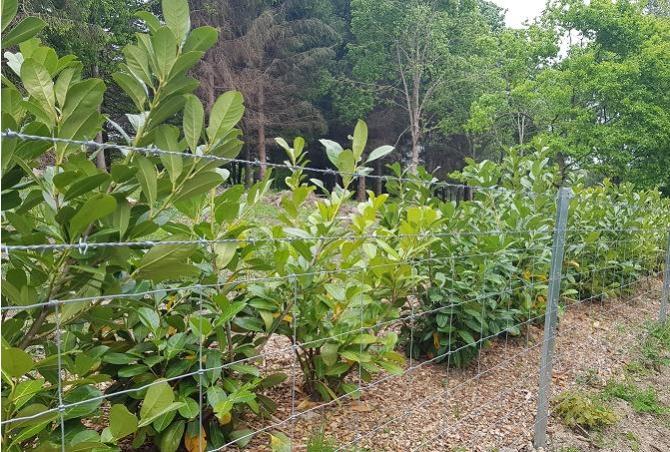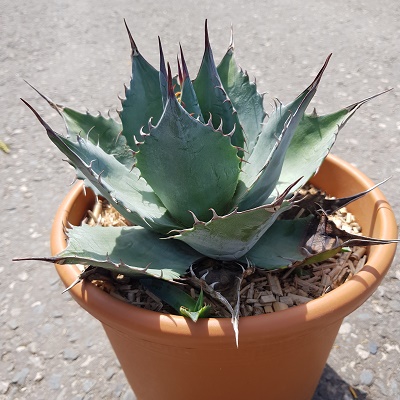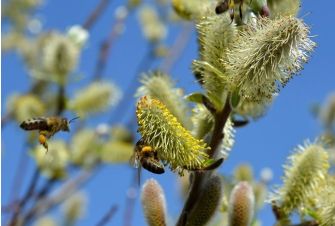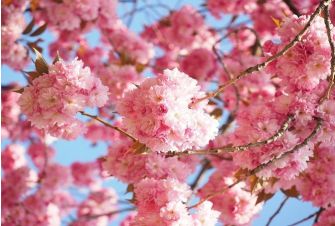The effect of lack of rain on plants
This is an urgent message for all those people who have planted trees in the past year. The advice applies for everyone, whatever time of year that trees and shrubs have been planted. Never assume that your plants are well-established until at least 12 months, but preferably two years have passed! These relatively new trees and shrubs need care for at least an entire year after planting. It is vital for trees and shrubs to be watered if they are relatively newly planted. We cannot stress highly enough the importance of watering newly planted trees, shrubs and perennials during spring and summer. During a particularly dry winter, a situation which is becoming less unusual, trees and shrubs will suffer from dry roots unless they are cared for during many months following planting. Dry roots can cause the plant to fail due to lack of hydration. The roots will be unable to expand out of their rootball and, ultimately, the plant is likely to die.
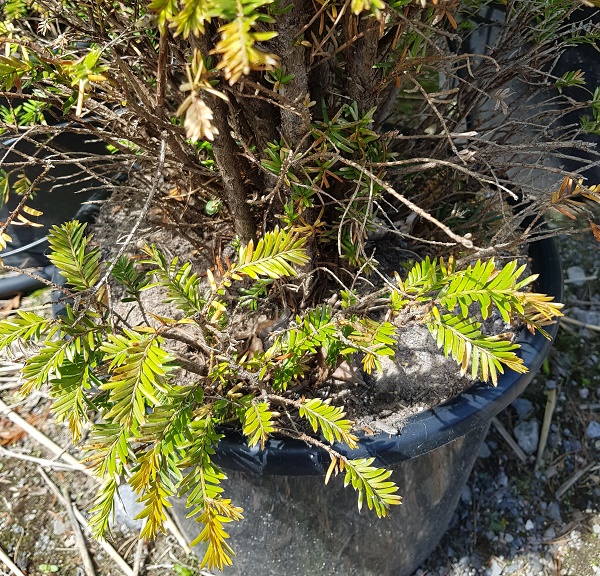
Here at English Woodlands, situated near Heathfield in East Sussex, we are hearing of many instances of newly planted shrubs and trees showing real signs of stress from drought. Evergreens such as laurel and conifers are never fully dormant so they should not be neglected during a dry winter. When it's time for deciduous trees to come into leaf, they need their roots to be fully hydrated if they are to thrive. Please make sure that all trees planted during the past year are watered, deeply, twice a week. A few sprinkles of rain won't be able to compensate for the lack of moisture in the ground which occurs as a result of a dry winter.
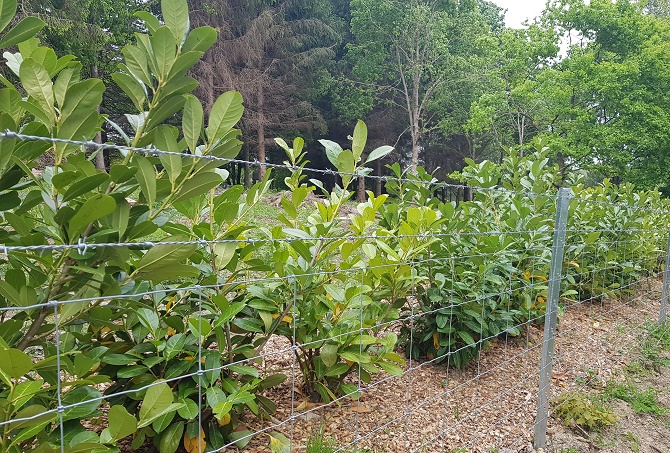
If you have noticed leaves turning slightly yellow on young evergreens, such as some of the plants in the newly-planted laurel hedge above, or plants failing to thrive, it is highly likely that they are suffering from lack of water. Provided you act quickly, it might be possible to save them! Take care, when watering, to provide enough so that not only the rootball is soaked, but the adjacent soil too. We do not recommend leaving a hose running on newly planted trees and shrubs as this will wash away the nutrients in the soil. It's a good idea to apply mulch to the ground under trees and shrubs, once the soil has been well-watered as this helps to stop it drying out too quicklyl.
Drought resistant plants
There are some plants, however, that thrive with only a little water! They have several adaptations to survive drought. Some succulents store water in their leaves when they are able to access rain, then they draw on this water during dry periods. Agaves, for example (pictured below), need watering only two to three times per month once they are established. But even these drought-tolerant or drought-resistant plants still need your care and consideration for several weeks and months after planting, until their roots have spread out into the surrounding soil.
Silvery-leafed plants such as Lavender and other garden favourites including rosemary are drought-resistant once established. Agapanthus, despite their lush appearance, can cope with a certain amount of drought, provided they have been given water during their establishment period. Shrubs such as Buddleja are well known for popping up in inhospitable places, even halfway up a brick building in a tiny pocket of soil. But even those will eventually fail due to lack of water unless they are in the ground. Plants that originate from the Mediterranean climate are generally tough as they have adapted to long, dry summers and sometimes low winter temperatures. Every plant needs special care during the first year, however, so don't assume that you will be able to leave them to fend for themselves. The advice, as always, is 'plant, then protect'.
If you have any questions or concerns, please feel free to contact us. You can ring English Woodlands on: 01435 862 992 or visit the nursery at Cross in Hand, near Heathfield, East Sussex, TN21 0UG, six days per week (closed Sundays).

